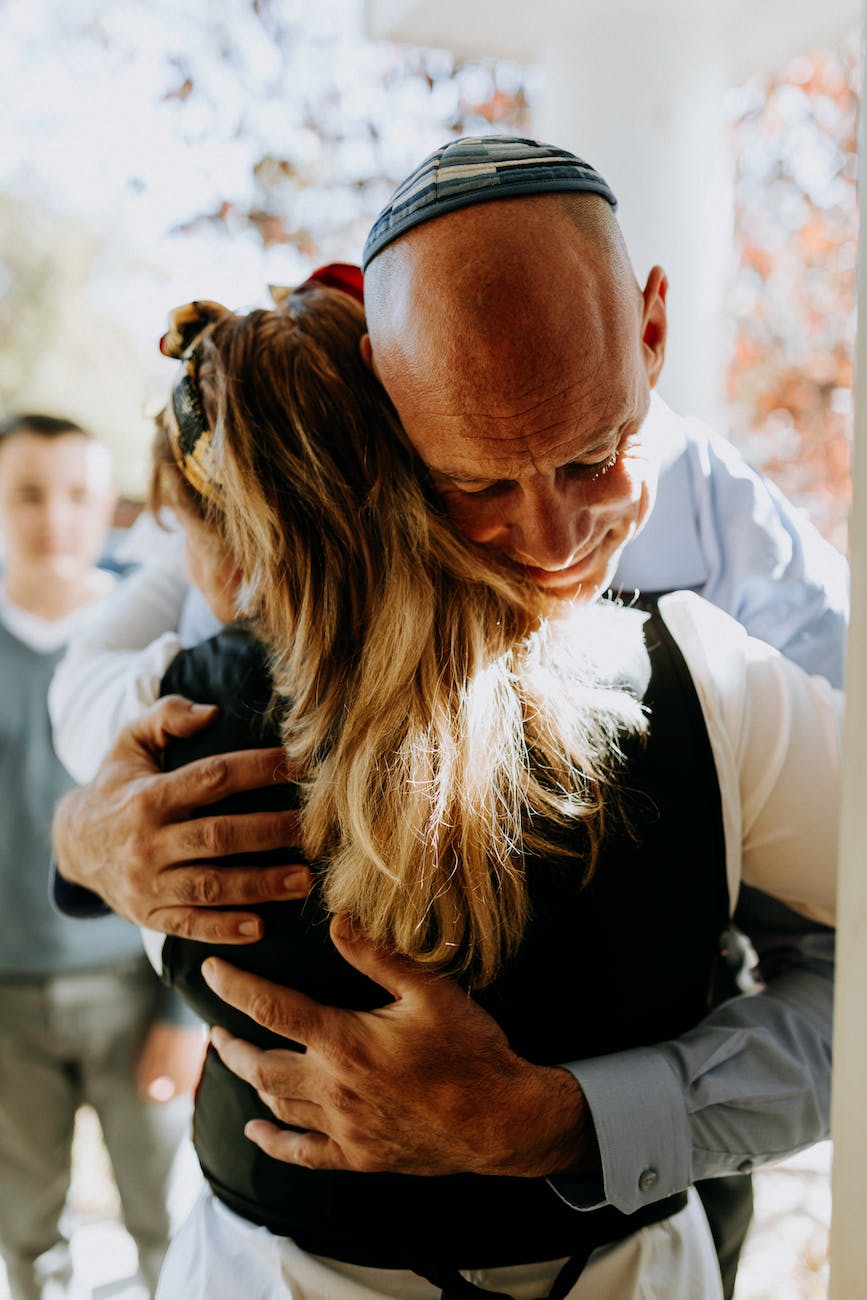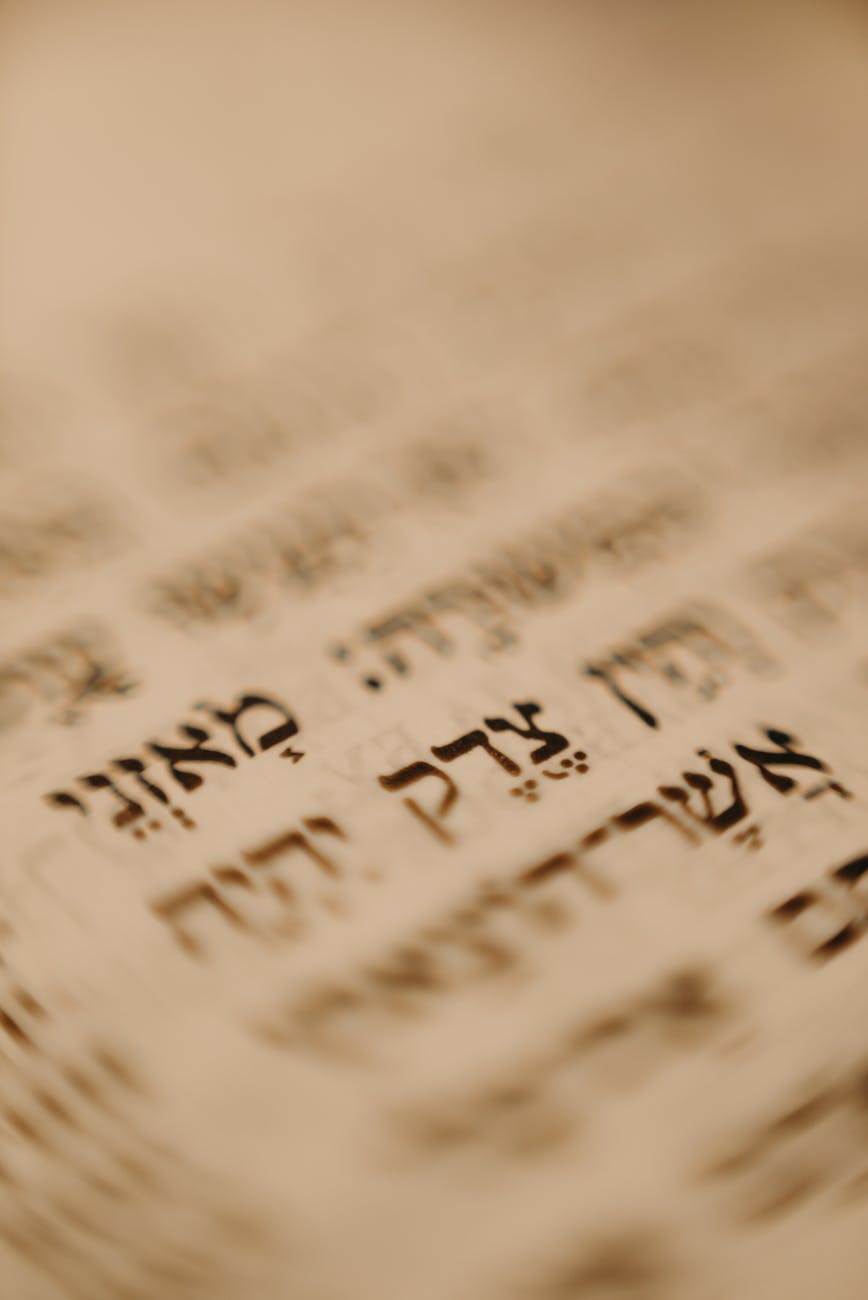Like other inquiries about Jewish rituals and traditions, asking “What is Chevra Kadisha” will result in a variety of answers. It truly matters to whom you ask.
So let me be clear: I converted to Judaism in a conservative synagogue but feel most comfortable in a reform setting. At the same time, I belong to an open-minded, progressive, wonderfully inclusive conservative synagogue in Chicago and joined their Chevra Kadisha. I am also a death doula who proudly serves the Jewish community no matter the person’s level of observance. So keep that lens in mind while reading this.
And argue amongst yourselves.
History of Chevra Kadisha
Most Americans of Jewish descent hail from Ashkenazi Jews and Chevra Kadisha groups consist of women or men who prepare bodies for burial according to that Jewish custom. Like many traditions, this was secretive and bound by strict rules in the beginning.
In Orthodox circles, it probably is still quite secretive and exclusive. Thankfully, many CK groups are now more inclusive and welcoming to people previously deemed unworthy.
What is Taharah?
Taharah is the act of preparing the body for burial. It’s what Chevra Kadisha members do and is considered a mitzvah or a good deed. As Jewish people, we hold high the value of respecting the dead, treating the body with dignity, and ensuring the deceased person rests in peace.
According to the deceased person’s wishes, we prepare the body to leave this world in the same state of purity into which it entered.
While some CK groups require the deceased to be an observant, Jewish, cisgender woman, others do not. On the contrary, we do Taharah for women or men who would be rejected by Orthodox groups. This includes anyone who converted to Judaism outside an Orthodox synagogue or was assigned another gender at birth, those with tattoos, or those who practice varying levels of observance.

Chevra Kadisha is made up of women or men. The women can prepare the bodies of men before burial if there is no group of men to do Taharah.
Rightfully so, there is still a tradition of confidentiality with Chevra Kadisha members. We don’t discuss specific Taharah experiences. However, secrecy is harmful in that it prevents Jewish communities from truly understanding the options available to them at end-of-life.
As a death doula, I’m all about shedding some light instead.
Let’s reserve secrets for things we’re ashamed of, not beautiful rituals bringing people peace at sacred moments.
As long as we don’t identify who is in attendance at a Taharah, we can discuss the rituals in a way that brings enlightenment and comfort to those in need. After all, death is a part of life. The daily recognition of impermanence helps people both live and die with a measure of joy they wouldn’t otherwise experience.
Here are some ways Chevra Kadisha honors the dignity of someone at end-of-life.
When Dying
Requesting the presence of a Chevra Kadisha member before death can be comforting. We answer questions and provide support for the dying person and loved ones. This compassion, before death arrives, can reduce anxiety for everyone in the room.
No one wants their loved one to die alone. And while near-death visits from the previously deceased are quite common for dying people, family and friends cannot see or hear these visits. So naturally, they want to surround their loved one at the end of life.
It shows respect and great love. Chevra Kadisha members can assist with rituals during this time, including:
- Specific prayers or confessions recited by the dying person
- Poems, psalms, or letters of love read by loved ones
- Friends and family members asking for forgiveness
- Soft music playing in the background
- Cooking of favorite meals to provide familiar aromas for the dying and the mourners
At the Moment of Death
When the person dies, loved ones naturally feel overcome with emotion. It’s helpful to have a death doula or Chevra Kadisha member present to do the following:
- Open the windows
- Straighten the deceased person’s arms and legs
- Place the arms at rest beside the body
- Straighten the fingers if possible
- Close the person’s eyes and mouth or bind the jaw to prevent the mouth from opening
- Perform the Kriah ritual if needed – when immediate family or friends tear a garment of clothing or wear a torn piece of black fabric over the heart
- Light a candle
- Cover mirrors
One of the best things about a Jewish death, and most hospice or home deaths these days, is that loved ones can take their time with the deceased before the body is removed. This can be a half hour, an hour, or longer.
Let’s remember there is no shame in dying or the grief that follows. We don’t have to rush the body out the door or encourage family members to let go right away. Allow them to take time to say goodbye and come to terms with what just happened.
After Death
Chevra Kadisha members perform Taharah rituals that prepare the body for burial. It is simple yet dignified and brings solace to both the deceased before they die and mourners afterward. CK members gently and respectfully:
- Undress the deceased
- Remove all clothing and jewelry
- Cleanse the body from head to toe
- Dress the deceased person’s body in a simple, white shroud
- Include the Tallit, or prayer shawl, with the body if requested
- Recite special prayers or wishes for a peaceful, eternal rest
If burial is chosen, Jewish tradition requires the deceased person to be buried in a modest and plain casket. So we move the person’s body into such a casket and often include earth from Mount of Olives (in Israel) next to the deceased.
I’ve been involved in Taharah rituals that also place an egg in the casket, to symbolize the circle of life.
Typically, the person’s feet face the door and the people of Chevra Kadisha don’t speak idly or turn their back on the body. They speak gently about this work, say prayers, and leave the room backward, to show respect.

What is Chevra Kadisha?
It’s a way to show love and respect during a sacred and important time.
Most religious and cultural communities care for their dead. I’m especially proud to be part of an inclusive group that does this for their Jewish neighbors in Chicago.
If you need more information, about Chevra Kadisha or death rituals that might work for you, please reach out to me today.




Recent Comments